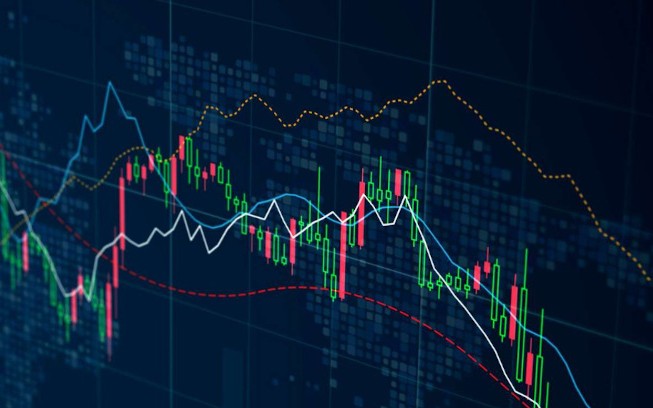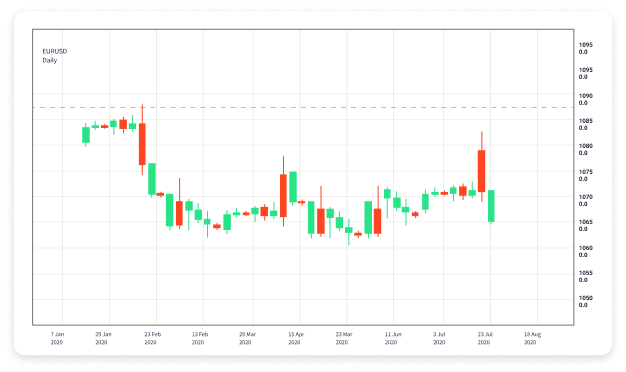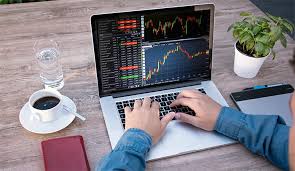
In the fast-paced world of Forex trading, having a reliable trading system is crucial for success. A well-designed trading system can help traders navigate the complexities of the foreign exchange market, manage risks, and increase profitability. In this article, we will delve into the different types of Forex trading systems, their components, and how to effectively implement one for your trading. For more information and resources on Forex trading, visit forex trading systems fxtrading-broker.com.
What is a Forex Trading System?
A Forex trading system is a structured framework comprising rules and guidelines that traders use to make decisions regarding buying and selling currency pairs. It typically includes technical analysis, fundamental analysis, and risk management strategies. Some systems are manually operated, while others are automated using algorithms and trading bots. Regardless of the type, a trading system aims to take the guesswork out of trading by providing a clear method for entering and exiting trades.
Types of Forex Trading Systems
Forex trading systems can be broadly categorized into various types based on their methodology, automation, and trading style. Here are some common categories:
1. Manual Trading Systems
Manual trading systems rely on the trader’s analysis and decision-making skills. Traders use charts, indicators, and their intuition to make trades. This type of system requires a deep understanding of market dynamics and can be time-consuming as it involves constant monitoring of the market.
2. Automated Trading Systems
Automated trading systems, often referred to as algorithmic trading, utilize computer programs to execute trades on behalf of the trader based on predefined criteria. These systems can analyze vast amounts of data at rapid speeds, allowing for more timely and accurate trading decisions.
3. Scalping Systems
Scalping systems are designed for traders who seek to profit from small price movements. Scalpers make numerous trades throughout the day, aiming for small gains that can accumulate. A successful scalping system typically requires a disciplined approach and quick reflexes.

4. Swing Trading Systems
Swing trading systems focus on holding positions for a few days to take advantage of short to medium-term market movements. Traders using these systems analyze price patterns and trends to identify potential entry and exit points.
5. Position Trading Systems
Position trading systems involve holding trades for extended periods, ranging from weeks to months. This approach is suitable for traders who prefer to rely on fundamental analysis, market trends, and economic news rather than short-term price fluctuations.
Key Components of a Forex Trading System
Regardless of the type of trading system, several core components are crucial for its effectiveness:
1. Entry and Exit Rules
Clearly defined entry and exit rules are essential in any trading system. Entry rules specify the conditions under which a trader should enter a position, while exit rules outline when to close a trade. These rules help prevent emotional decision-making.
2. Risk Management
Effective risk management is a critical component of any Forex trading system. Traders should determine the size of their positions relative to their capital, set stop-loss orders to limit potential losses, and diversify their portfolios to mitigate risks. A good trading system incorporates risk management strategies to protect the trader’s capital.
3. Trading Journal
Maintaining a trading journal allows traders to record their trades, strategies, and outcomes. Analyzing past trades can help identify patterns, strengths, and areas for improvement. A trading journal is a valuable tool for refining a trading system over time.

4. Performance Metrics
To evaluate the effectiveness of a Forex trading system, traders should track performance metrics such as win percentage, average profit and loss per trade, and overall return on investment (ROI). By regularly assessing these metrics, traders can make necessary adjustments to their systems.
Choosing the Right Forex Trading System
Selecting the right Forex trading system depends on various factors, including your trading style, risk tolerance, and goals. Here are some tips to help you choose the best system for your needs:
1. Assess Your Trading Style
Consider whether you prefer day trading, swing trading, or position trading. Your trading style will influence the type of system that best suits you. For example, scalping systems may not align well with a trader who prefers to hold positions long-term.
2. Test Different Systems
Before committing to a trading system, it’s wise to test it using a demo account or simulated trading. This approach allows you to assess the system’s performance without risking real money. Experimenting with various systems will help you find one that aligns with your trading goals.
3. Stay Informed
The Forex market is dynamic and constantly evolving. Staying informed about market trends, economic indicators, and global events is essential. A good trading system should be adaptable to changing market conditions.
Conclusion
In conclusion, understanding and implementing a Forex trading system is vital for achieving success in the Forex market. By choosing the right type of system, establishing clear rules, and prioritizing risk management, traders can enhance their chances of profitability. Remember that continuous learning and adaptation are key components of successful trading. With the right knowledge and tools at your disposal, you can navigate the complexities of Forex trading and work towards achieving your financial goals.
Leave a Reply